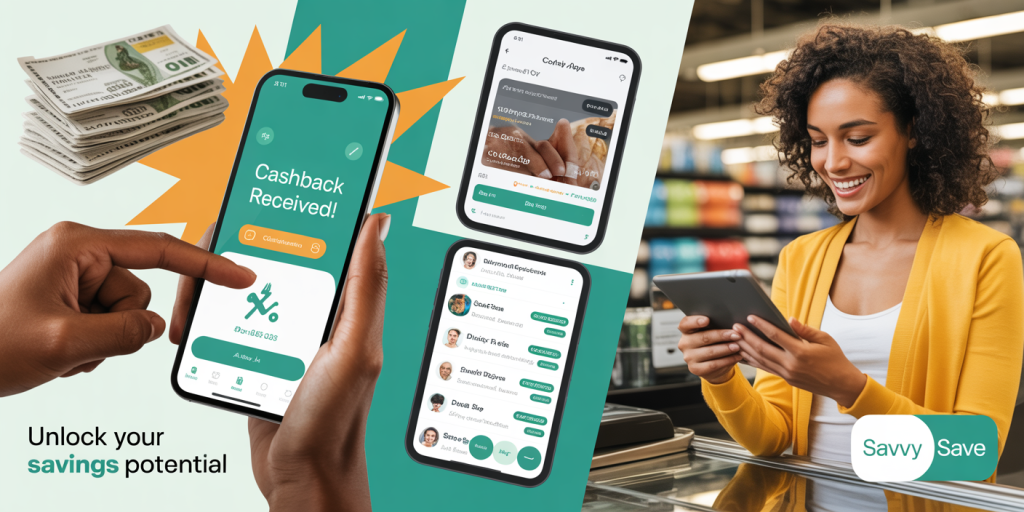In today’s fast-paced consumer culture, finding ways to save money while shopping has transitioned from a mere convenience to a financial necessity. With inflation rates fluctuating and prices rising, every penny saved can significantly impact household budgets. Effective shopping hacks not only help consumers stretch their dollars further but also promote smarter buying behaviors. This article explores actionable strategies supported by real-life examples, data, and comparative insights, enabling shoppers to maximize their purchasing power without compromising quality.
Understanding the True Cost of Shopping
Before diving into specific hacks, grasping the typical costs involved in shopping is crucial. Research from the Bureau of Labor Statistics (2023) shows that the average American household spends approximately $7,000 annually on groceries and retail goods. However, this figure varies widely depending on shopping habits, geographic location, and product categories.
Many shoppers unknowingly overspend due to impulsive buying or lack of preparation. For example, a 2022 survey by RetailMeNot found that 62% of shoppers admitted to purchasing items on impulse, leading to an average overspend of $81 per shopping trip. Understanding these patterns sets the stage for adopting smart techniques to save real money.
Price Comparison Tools: The Modern Shopper’s Best Friend
One of the simplest yet most effective money-saving techniques is using price comparison tools before making any purchase. Online platforms and mobile apps like Honey, CamelCamelCamel, and Google Shopping aggregate prices from multiple retailers to help consumers identify the best deals available.

For instance, CamelCamelCamel specializes in monitoring Amazon price histories, enabling users to buy products at historical lows. A 2023 user case demonstrated that utilizing such a tool saved one shopper $45 on a $150 electronics purchase—nearly 30% off the list price.
Comparative Table: Popular Price Comparison Tools
| Tool Name | Platform | Key Features | Best For |
|---|---|---|---|
| Honey | Browser extension | Automatic coupon application | General online shopping |
| CamelCamelCamel | Website | Amazon price tracking | Amazon purchases |
| Google Shopping | Web & mobile app | Broad product search | Multi-retailer search |
Using these tools reduces the time spent manually searching for deals, and armed with verified price data, shoppers avoid paying inflated retail prices.
Coupon Stacking and Cashback Strategies
Coupon stacking—the practice of combining multiple discounts on a single purchase—is a shopping hack that requires a little savvy but results in significant savings. Retailers often allow the use of manufacturers’ coupons, store-specific coupons, and digital rebate apps simultaneously.
For example, consider a real case from a 2023 shopper at a popular grocery store: Manufacturer coupon: $2 off Store app discount: 10% off total Cashback app rebate (Ibotta): $1.50 back
If the original item costs $20, applying all discounts could reduce the effective price to roughly $15.50 when factoring in rebates, a saving of over 20%.
Further amplifying savings are cashback credit cards, which offer between 1% to 5% back on purchases in specific categories. A 2023 study by NerdWallet highlighted that the average consumer collects $200 annually using cashback and rebate apps combined.
The key to leveraging coupon stacking and cashback effectively lies in preparation and organization. One practical tip is maintaining a digital or physical folder of clipped coupons and researching retailer policies on stacking before shopping.
Timing Purchases: The Power of Seasonal and Clearance Sales
Strategic timing can enhance savings considerably. Seasonal sales—including Black Friday, Cyber Monday, and after-holiday clearances—are not just marketing gimmicks but genuine opportunities for substantial discounts. According to Statista (2023), average discounts during Black Friday hover around 15-25%, reaching even 50% during clearance phases.

For example, consumers who purchased winter clothing in late February at end-of-season sales saved up to 40% compared to buying similar items in December, as reported by a fashion retailer’s annual sales report.
Timing purchases also applies to non-seasonal products. Electronics often see price drops in the weeks following new model releases. A comparison of laptop prices in Q1 vs. Q3 2023 revealed an average 18% reduction post-launch season.
To avoid overspending, shoppers should track retailer calendars and subscribe to newsletters alerting to upcoming sales events.
Bulk Buying and Subscription Services: When Quantity Saves Money
Bulk purchasing can yield significant savings, especially on non-perishable or frequently used products. Membership warehouses like Costco and Sam’s Club offer products at much lower per-unit prices than standard grocery stores, often ranging from 10-30% savings depending on the item.
For example, a 2022 consumer audit revealed that buying a 5-pound bag of rice at a warehouse club reduced costs by 25% compared to smaller, individual purchases over time. However, the key caveat is avoiding waste—bulk buys should be restricted to items you will use.
Subscription services like Amazon Subscribe & Save or Walmart+ also promote savings by offering discounts up to 15% on regular deliveries of household products, coupled with free shipping benefits. Subscribers to Amazon’s service reported saving an average of $120 annually, according to a 2023 consumer satisfaction survey.
Balancing the risk of overbuying with the benefits of bulk pricing entails careful inventory management and realistic consumption forecasts.
Utilizing Loyalty Programs and Reward Points
Loyalty programs remain an underused resource among shoppers despite their potential to yield significant savings. Brands like Target Circle, Walgreens Balance Rewards, and Kroger Plus offer members exclusive discounts, personalized coupons, and accumulation of reward points redeemable against future purchases.
A 2023 Nielsen report found that 69% of U.S. consumers are more likely to shop at stores offering loyalty programs. One case study from Kroger demonstrated that a regular shopper saved almost $250 in a year through loyalty rewards and targeted promotions.
Notably, combining loyalty rewards with other hacking methods—like coupon stacking or cashback—can compound savings. For example, a shopper at Walgreens used Balance Rewards points to cover 25% of a prescription refill cost, after applying manufacturer coupons and a store discount day.

Maintaining active participation, such as regularly scanning loyalty cards and monitoring app notifications, is essential to unlock full program benefits.
What the Future Holds for Smart Shopping
The evolution of technology promises even more sophisticated money-saving shopping hacks in the near future. Artificial intelligence (AI) and machine learning are already being integrated into price comparison, smart coupons, and personalized deal alerts. According to a 2024 report by McKinsey, AI-driven recommendation engines can improve deal accuracy and timing, potentially increasing consumer savings by up to 30%.
Blockchain technology might also enhance transparency in pricing and loyalty programs, ensuring fairer deals and preventing fraud in digital coupons.
Another promising trend is the rise of social commerce—shopping directly through social media platforms with embedded discounts and influencer codes, which cater to younger demographics seeking instant gratification combined with savings.
Moreover, sustainability considerations are becoming more critical. Future shopping hacks will likely incorporate eco-conscious buying practices that not only save money but also reduce environmental impact, such as incentives for reusable packaging and waste reduction.
Staying informed and adaptable will empower consumers to harness these upcoming tools for smarter financial decisions in their shopping journeys.
By applying the above-mentioned shopping hacks, consumers can significantly reduce expenditures, optimize buying strategies, and enhance overall financial well-being. Whether through meticulous price comparisons, strategic coupon use, timing purchases, or leveraging loyalty programs, the empowered shopper today can maximize value with every dollar spent. Continual learning and embracing technological advancements will only strengthen these capabilities, heralding a new era of cost-efficient purchasing.